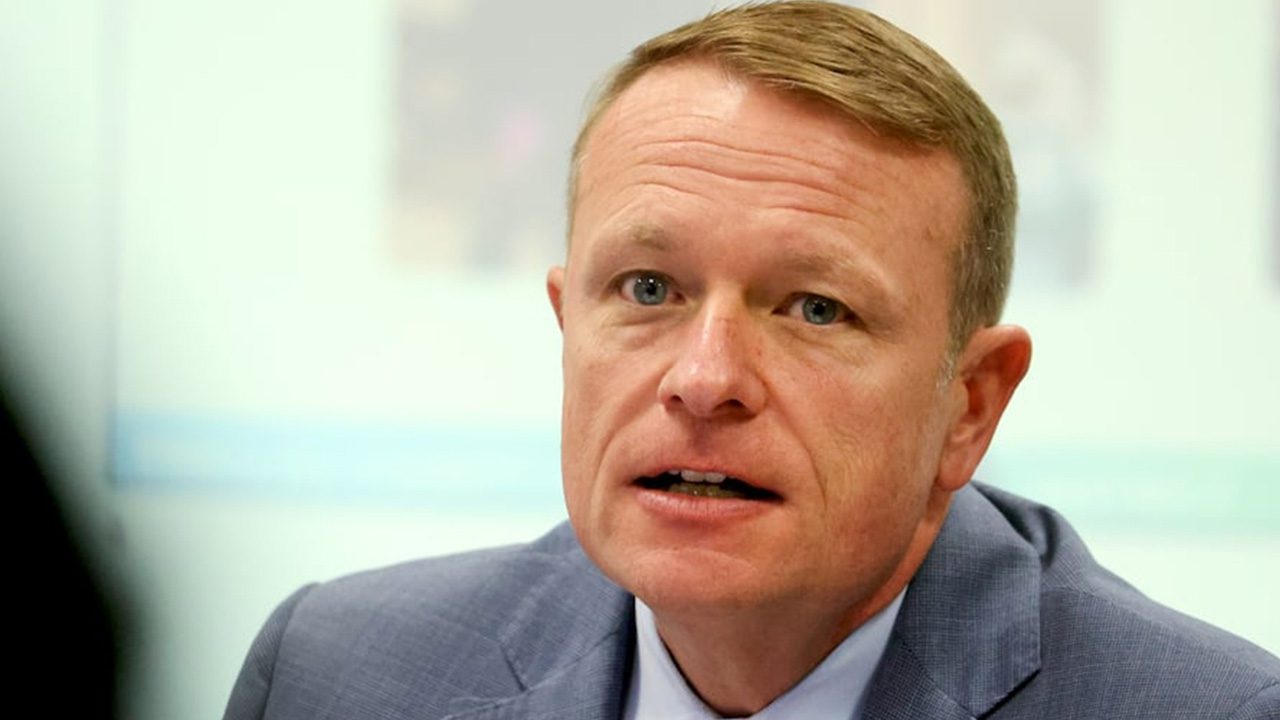
Cuts keep coming to Pinellas County schools
‘Some of the functions we did will cease to exist,’ superintendent Kevin Hendrick said.
Tampa Bay Times \ By Jeffrey S. Solochek | July 15, 2025
The Pinellas County school district’s already grim budget outlook for the new fiscal year has taken several turns for the worse since officials unveiled their proposed spending plan in late June.
Superintendent Kevin Hendrick told school board members on Tuesday that, after the June workshop, the state withdrew $1.4 million from the district as it adjusted funding statewide for students who had been registered both in public school and as voucher recipients.
Soon after, he said, the district had a $300,000 reduction in Title I federal funds distributed by the state.
Compounding the scenario, Hendrick continued, was the Trump administration’s impoundment of nearly $400 million in grant funds to Florida schools, of which Pinellas’ share is close to $9 million. In Pinellas, the money supports teacher training, arts enrichment, threat management response and college and career centers, among other items.
“As we discussed at the June 24 workshop, we anticipated receiving these funds, allocated these funds, hired individuals, began the programming for all this the next day,” Hendrick said. “There are 47 employees who are funded from these grants and do essential work for our students and teachers.”
Those positions and the programs they support are now at risk, he told the board. The district already had been predicting reductions stemming from enrollment declines and rising costs of services.
“The budget that we’ll bring back to you on July 29 will not include these federal funds unless they are released in the very near future,” he said. “Without those funds, we will need to adjust positions and programs funded by these grants accordingly. This will mean real and actual cuts to services that directly impact student achievement.”
No layoffs are anticipated. But some programs will cease to exist as money gets shifted to ensure required functions continue. The district does not have sufficient reserve funds to tap into while still maintaining state-required levels, Hendrick said, meaning something will have to give.
Board members joined Hendrick in expressing dismay that the federal government would abruptly freeze the Congress-approved grant money — nearly $7 billion nationwide — as schools are so close to resuming classes. They said they understood the need for reviewing the way the funds are used, but had anticipated any cuts might come in fall 2026, not this year.
“To pull the rug out from under the K-12 school districts across the country right before school starts is really very concerning to me,” board member Stephanie Meyer said, suggesting the district reach out to federal officials with its concerns.
“I think we need to take a step back and say, ‘Yes, these reviews need to be made … however, we need to move forward with this federal funding for this school year,’” Meyer said.
She joined a chorus of others who called for a public town hall meeting where the district can explain to parents, staff, students and other residents the unfolding situation in clear terms. It matters to everyone, regardless of whether they have children in classrooms, board member Katie Blaxberg said.
“Every part of our society and community is affected by the health of our public schools,” Blaxberg said.
The board expected to continue the conversation at its July 22 workshop, before its first budget public hearing a week later. It did not set a date for a town hall session.





